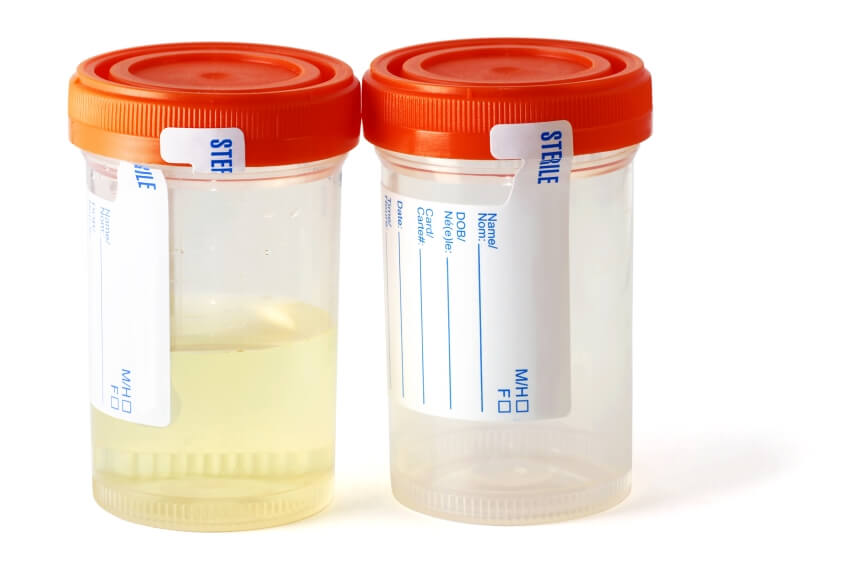Posted on 17 Aug 2016 in Fair Work / 2,941 Views

A ruling by Fair Work Australia on the merits of urine drug tests over saliva drug tests could have implications for workplace drug testing. Leading drug test equipment supplier CMM Technology takes a closer look at the findings in the dispute (C2009/124) between the Construction, Forestry, Mining and Energy Union (CFMEU) and mining contractor HWE.
A mining contractor was entitled to change its company policy to retain urine drug testing despite an earlier commitment to move to saliva testing methods.
That was the opinion of Fair Work Australia when deciding a dispute between HWE Mining and the CFMEU. It found that the company could not be held to a 2003 drug testing policy, which stated:
“Saliva testing will be used as the drug testing procedure, if Australian Standard certification is received for this process. This procedure will be amended accordingly.”
A national standard for saliva drug tests (AS4760) was published on November 1, 2006, at which time the CFMEU pressed HWE to uphold its commitment to reform the policy.
“A significant issue of concern for the CFMEU centres on the correlation between a positive test result and actual impairment for the different types of screening test,” Fair Work said.
Cannabis impairment
The union’s concern focussed on the capacity for urine drug tests to detect cannabis days after use. In contrast, saliva drug tests only detected traces of cannabis within hours of use.
“It is useful to explain this issue by reference to THC, the acronym of the psychoactive compound in cannabis,” Fair Work said. “Actual impairment from THC lasts for a period after consumption that is measured in hours rather than days. On-site urine screening tests for a metabolite of THC that is present for days, even many days, after the consumption of cannabis… long after impairment has ceased.”
A question of company policy
Despite the union concerns, Fair Work upheld HWE’s right to decide, and indeed change, its drug and alcohol testing policy.
HWE had argued that despite the publication of an Australian Standard for saliva drug tests, the testing method had “unacceptable inadequacies” compared to urine testing. This included:
- A high rate of false negatives;
- The Australian Standard for saliva drug testing excluding benzodiazapenes; and
- Target levels for drugs including cannabis (marijuana) being too high.
Fair Work said the testimony of expert witnesses included differences of opinions but concurred that false negatives (where drugs are present but not detected) were higher with saliva drug tests.
It found that there were substances which could be used to reduce the effectiveness of saliva drug tests in workplace drug testing but that drugs were more difficult to mask in properly-conducted urine tests.
Sources:
Categories
Archive
- February 2022
- October 2021
- June 2021
- November 2020
- October 2020
- June 2020
- March 2020
- February 2018
- December 2017
- August 2017
- February 2017
- September 2016
- August 2016
- October 2013
- September 2013
- July 2013
- May 2013
- February 2013
- December 2012
- November 2012
- August 2012
- June 2012
- February 2012
- December 2011
- October 2010
